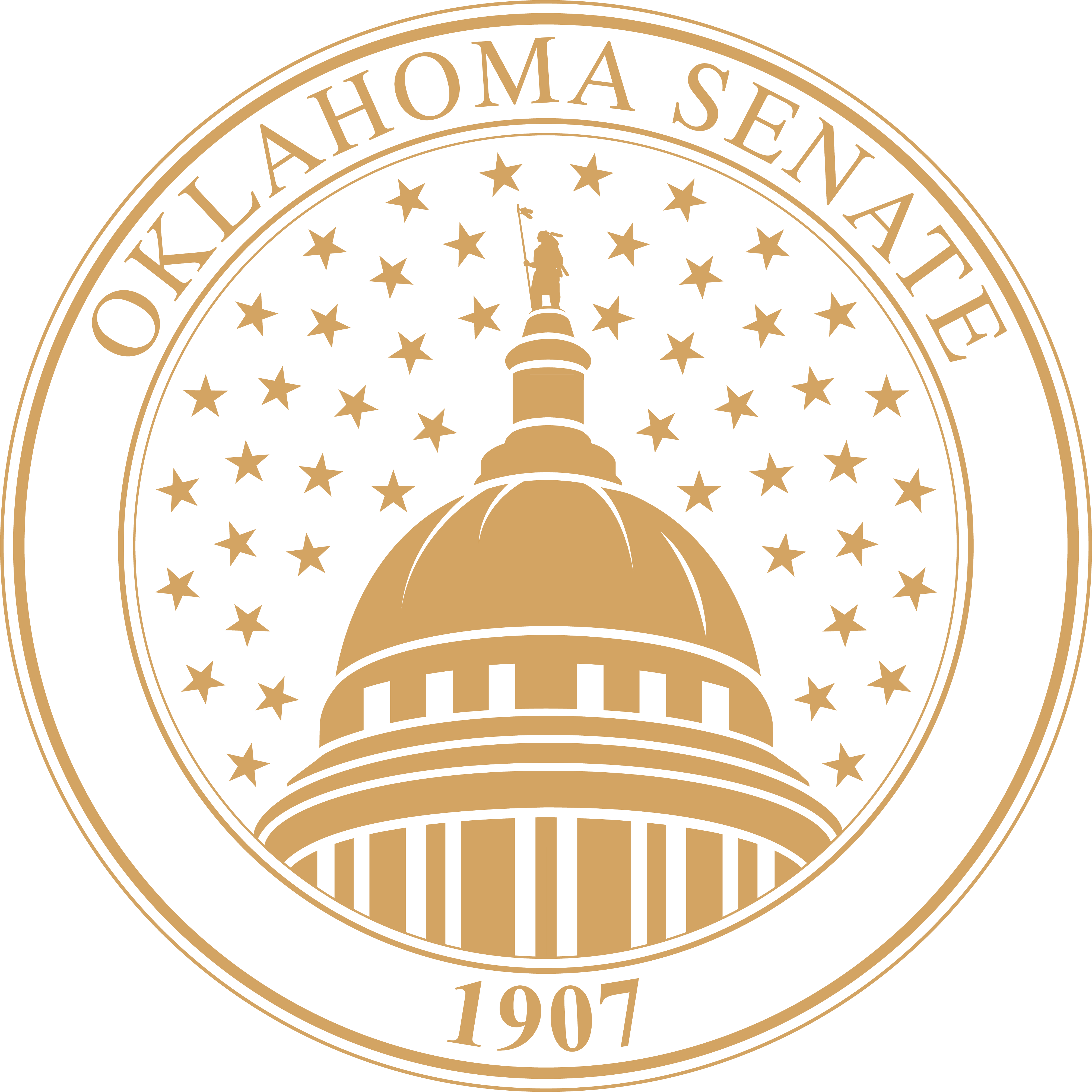In order to provide equal access and equal opportunity to people with diverse abilities, this site has been designed with accessibility in mind. Click here to view
Response to 12/18/17 Editorial, Consistency lacking in charter school criticism
Oklahoma's Charter Schools Act of 1999 was amended in 2015, allowing charter school districts to expand beyond the OKC and Tulsa school districts into rural areas. However, embedded within the 2015 amendment was a loophole which allows an appeal to the unelected State Board of Education (SBE) to approve a charter
school district after it had been twice rejected by the locally elected school board.
SB 879 was filed which allows the rural traditional school district adversely affected by the creation of a charter school district within its designated boundaries to make the final decision. Several misconceptions about the education funding formula need to be addressed.
The formula for the appropriation of state funds is based on the number of students (currently just over 694,000) and not on the number of school districts. The formula only supplements funds to the traditional school districts that local county funds do not sufficiently provide.
There are 37 school districts "off the formula" that receive "zero" state appropriation and 64 that receive "zero" foundation aid based on the district's wealth. Nearly 56 percent of all money to the local traditional public school districts comes from local funds and the remainder from State appropriated funds. Regardless of their property assessment, all school districts provide local funds to the formula. Local funds reduce the need of State dollars required in the formula. The number of school districts is irrelevant to the formula.
Since the State's funding is based on enrollment, the number of traditional school districts does not reduce per-pupil funding.
The Commission of States Educational Policy related on December 18, 2017, that the Oklahoma funding formula was, by comparison, the best for providing per-pupil equity. Voluntary consolidation is the result of total funding loss resulting from the decrease in enrollment. However, this has neither saved the State money, nor increased per-pupil appropriation. In contrast, charter districts don't provide local funds to the formula. All per-pupil funds to charter school districts come from state dollars resulting in all less-affluent rural districts' reduction in per-pupil funding.
In 2016, traditional public school districts received $1,560 in per-pupil state appropriation as compared to $3,034 to a charter district. State education funding has remained flat at $2.5 billion with 50,000 additional students during the last 5 years. The rural districts that are the poorest and most dependent on state appropriation are the biggest losers when new charter districts are created.
The start-up of any new charter district must be sustained by Oklahoma taxpayers in per-pupil funding.
The legislature has been guilty of creating numerous programs without operational funding. If there is "overwhelming support" for new charter school districts in rural Oklahoma, a 75% supermajority tax increase for their financial funding should be a plausible threshold.
 Oklahoma Senate
Oklahoma Senate

